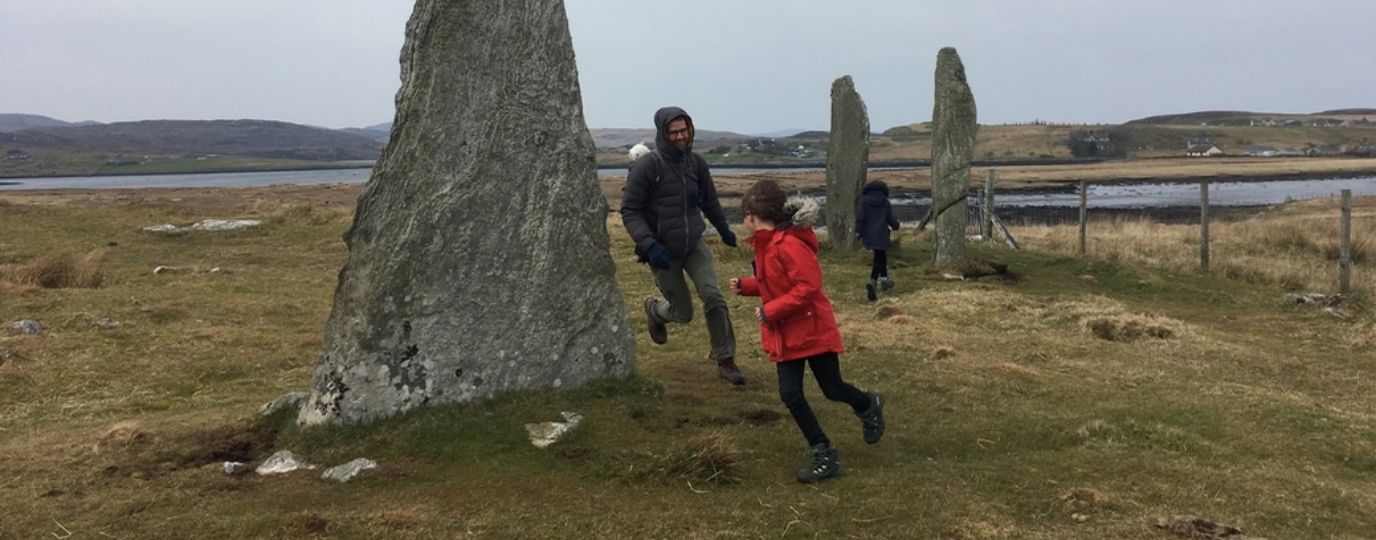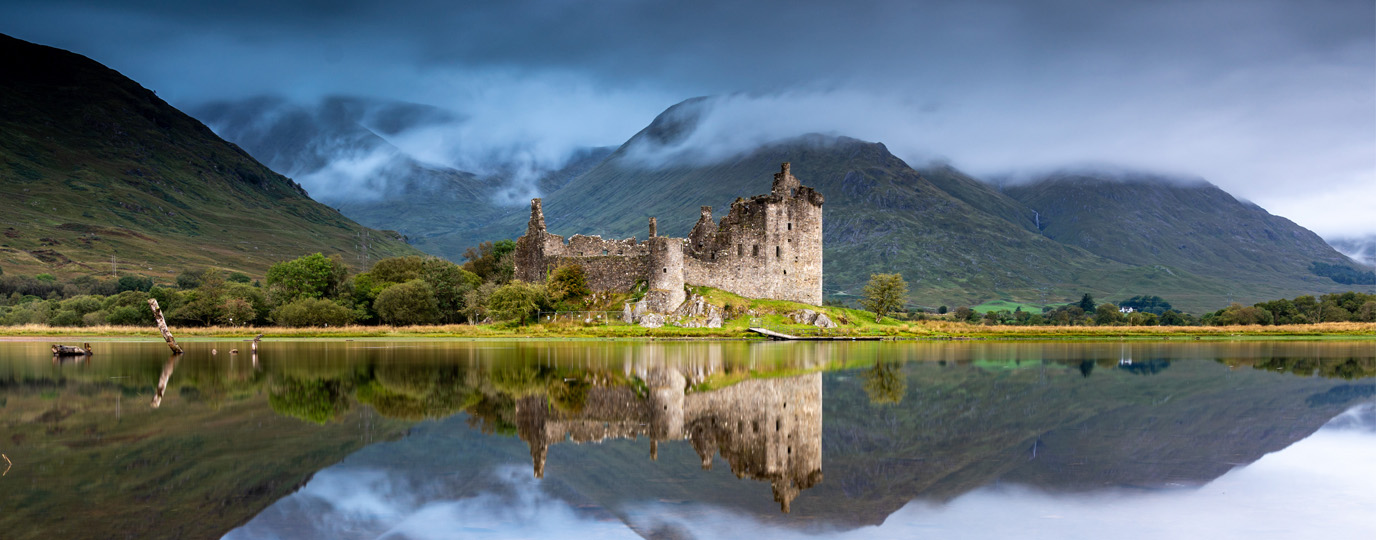How do I find fossils on the beach and in rocks?
This beginner’s guide to fossil hunting takes a look at the best places to find fossils in the UK and explains how and when to find them. Get some advice from a professional and find out what you need to start searching for fossils near you.
Everyone, at some point in their lives, has been fascinated in fossils and dinosaurs, but not many people realise that many of England’s beaches are bursting with fossils. With a bit of knowledge and luck you can discover your own fossil and be the first person to have ever seen it!
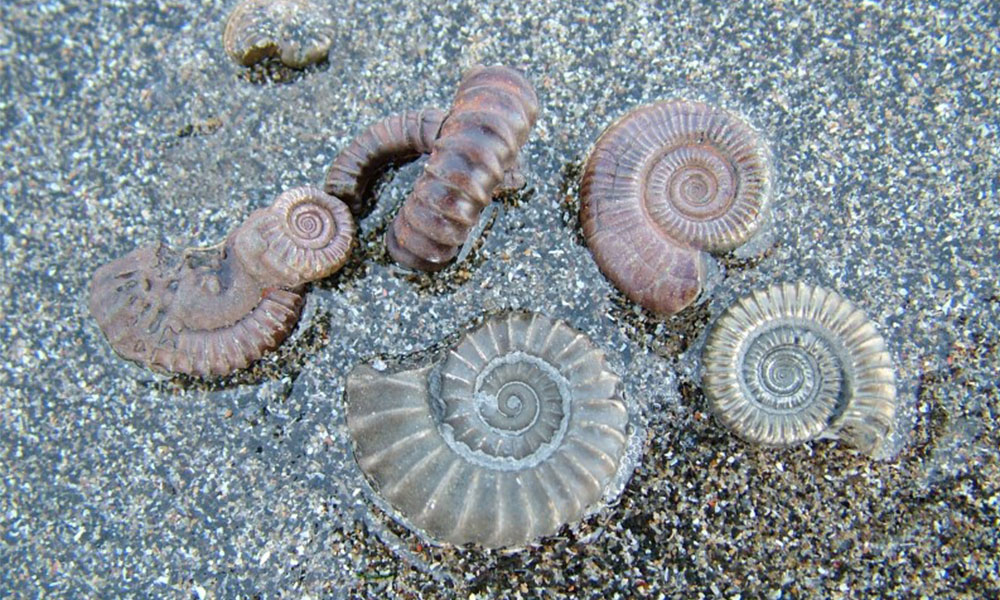
An amazing discovery of fossils
Where can I go fossil hunting?
Some of the most famous fossil beaches in England are on The Jurassic Coast in East Devon and Dorset, the Isle of Wight and the east Coast of Yorkshire. It is always worth doing your homework before you set out on your fossil adventure. Different beaches have different age rocks and fossils and you can expect to find different things. Knowledge is key, so make sure you know the types of things to look out for so you don’t spend all day looking for the wrong things!
Charmouth Beach, Dorset
One of the best beaches to find fossils is at Charmouth in Dorset. The cliffs around this coast are the remains of a Jurassic seafloor that was teeming with life 190 million years ago. As these cliffs collapse into the sea and the waves wash against them, fossils are dragged out onto the beaches. Here at Charmouth we find lots of different kinds of fossils, but the most recognisable are the spiral shaped ammonites.
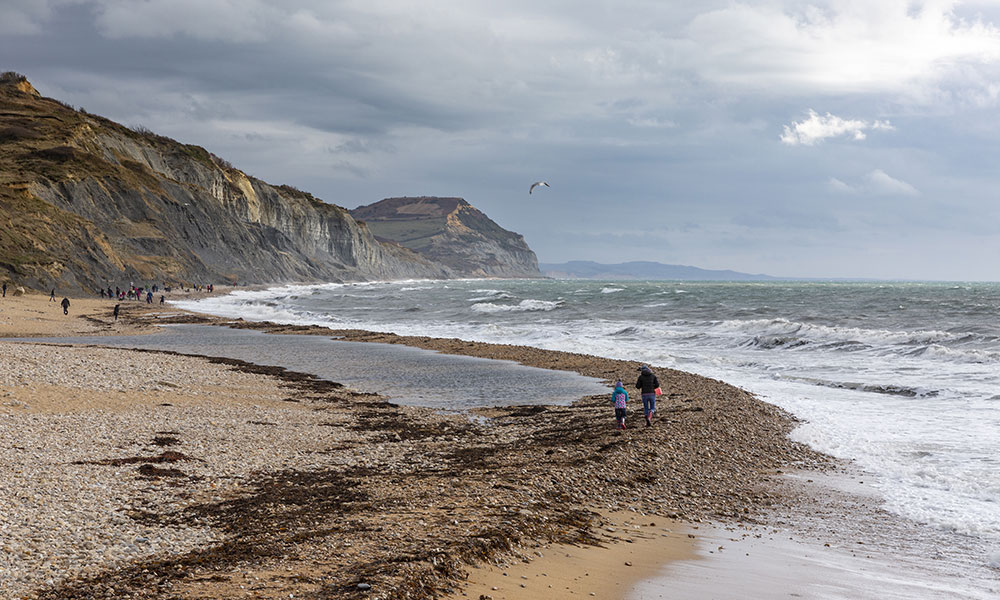
Fossil hunting on the beach
Other fossils that we find here are the remains of Jurassic squid, seashells and small ammonites; all can be found loose among the beach pebbles and gravels. Charmouth is also famous for the skeletons of giant reptiles, the ichthyosaurs and plesiosaurs. The best fossil found here was the most complete skeleton a dinosaur ever found in Britain. It was discovered by a local collector, David Sole, in December 2000. Scelidosaurus was an armoured plant-eating dinosaur that lived on the tropical islands that surrounded Charmouth in the Jurassic.
When should I go fossil hunting?
You can go any time, but the best time of year to go fossil hunting is between November and April. Over the winter months the beaches are churned up by the rough seas and more Jurassic fossils are revealed. It is the combination of rough seas and high tides that produce the most fossils, but these conditions can also be dangerous (see below). You should ALWAYS go out onto the beach as the tide is going out.
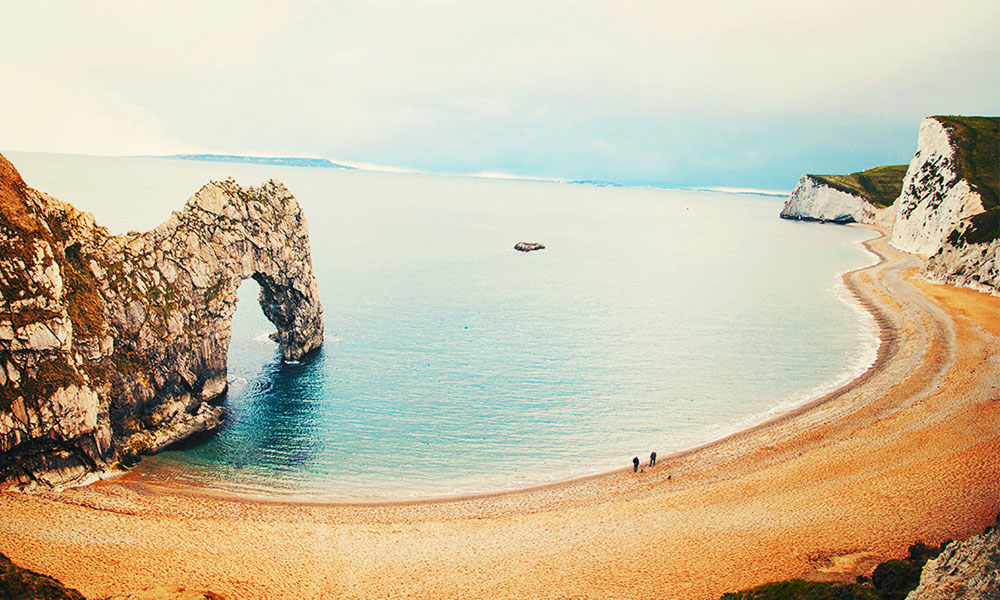
Durdle Door
What tools do I need to go fossil hunting?
The best tools for fossil hunting are a good pair of eyes, as most of the time the fossils are loose among the stones on the beach. Special geological hammers can be used to gently spit open some of the rocks to reveal fossils, but you need to know exactly which kinds of rocks contain fossils. Always wear safety glasses as small chips of rock can damage your eyes.
Here is a list of some of the equipment:
- Tide times book – to see when it is safe to fossil hunt
- Sturdy plastic bags to put fossils in
- Old newspaper to wrap up delicate finds
- Mobile phone
- Camera
- Safety glasses and geological hammer (optional)
- A notebook and pen to record your finds
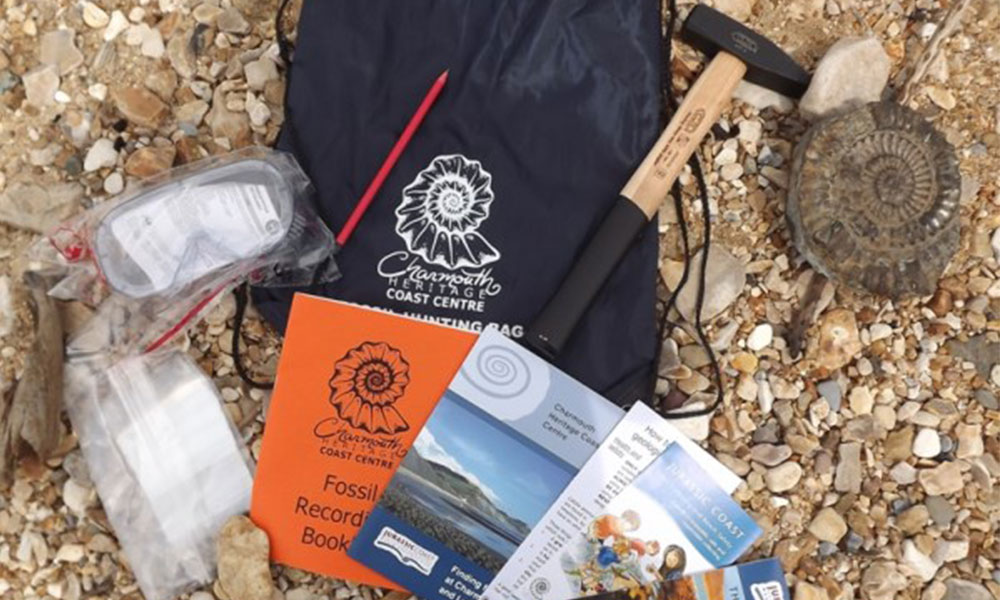
Fossil hunting kit
What do I look for when fossil hunting?
Again, it is best to do your homework and find some information about the fossils that are local to the beach you plan to visit. It is very important to only collect what you need. Some fossils are best left where they are for others to enjoy. Some places (Sites of Special Scientific Interest) are protected by law, so you can go and look but must not collect from them. Sometimes taking a photograph is the best way to take the fossil home with you.
If you find something unusual or interesting it is always worth getting an expert’s opinion. Take the fossil into a local museum or heritage centre where it can be properly looked at and if it turns out to be something of scientific interest you could make the news headlines!
Here on the Jurassic Coast we have a fossil collecting code. All we wish to do is know what scientifically important specimens are found and make a record of the find. You still get to keep the fossil, but we notify the world experts about your find so that they may contact you if they want to study the specimen.
We want to encourage people to collect the loose material on the beach, because if no one collected these types of fossils they would be destroyed by the sea.
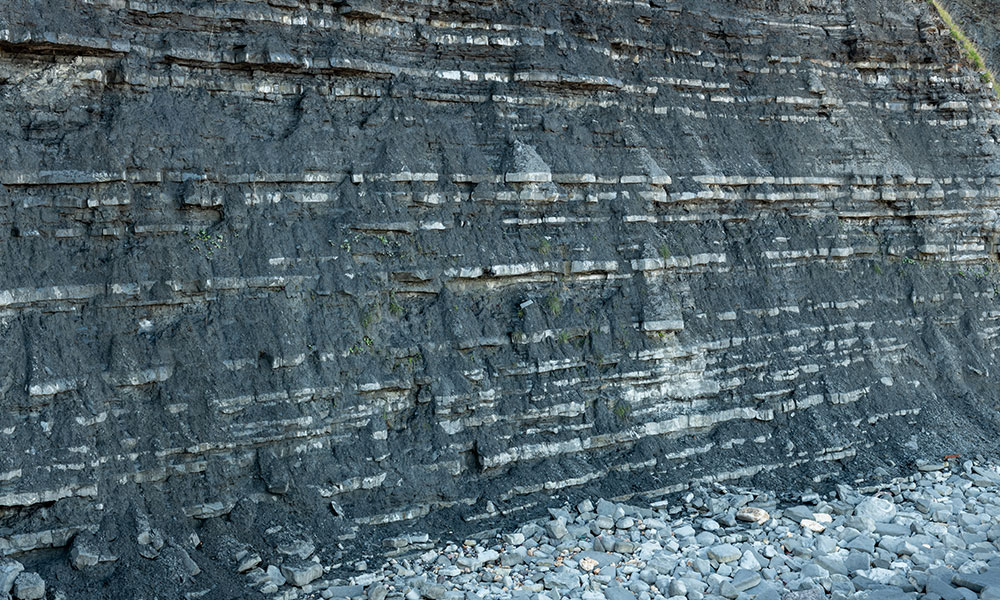
Hidden fossils

Top tips for Beginner Fossil Collectors
If it is your first time fossil hunting it is always a good idea to join an organised fossil hunting walk. These are a great introduction to fossils and can show you not only what to look for, but where the best things are found.
The Charmouth Heritage Coast Centre is an independent educational charity that runs guided fossil walks all year round.
The golden rules for Fossil Hunters:
- Always check the weather conditions and the tides before you go.
- Tell someone where you’re going and when you’re expected back. Don’t forget your mobile phone.
- Don’t hammer or climb cliffs as this could cause a landslide. Also in many areas the cliffs are protected by law so hammering them is not allowed.
- If you are hammering loose rocks always wear safety glasses.
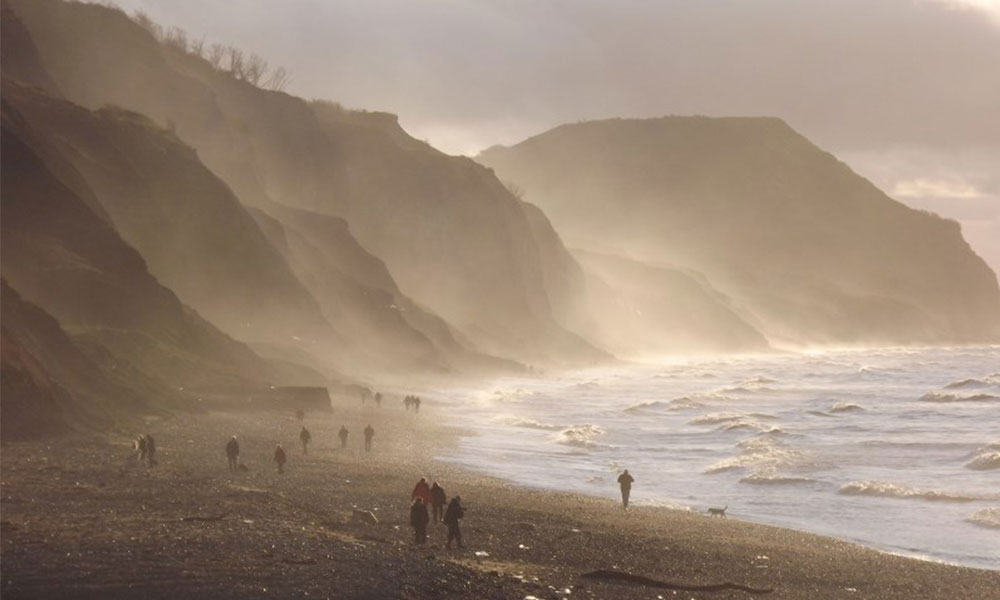
Fossil hunting
Remember to take care out on the beaches and happy hunting!
Guest post by Phil Davidson, Geological Warden of Charmouth Heritage Coast Centre


